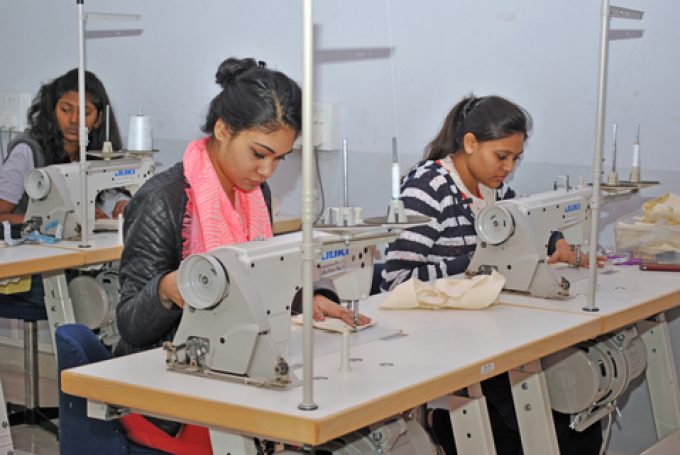Capture of MSC Aries will further drive up Indian export costs
With heightened geopolitical tensions sparked by the Iran-Israel faceoff, Indian exporters are again staring at ...

Indian apparel and ready-made garment (RMG) exporters trying to weather the dual headwinds of depressed demand and Red Sea-linked transit disruptions, breathed a collective sigh of relief when New Delhi decided to extend a tax waiver scheme until March 2026.
The rebate programme – intended to boost the cost competitiveness of Indian goods in global markets – was scheduled to end this March.
“The continuation of the scheme for two years will provide a stable policy regime, which is essential for long-term trade planning, more so in the textiles sector where orders can be placed in advance for long-term delivery,” said India’s Ministry of Textiles.
“It will help remove the burden of taxes and levies and provide a level-playing field on the principle that ‘goods are exported and not domestic taxes’,” it added.
The move is a clear sign that Indian policymakers have realised the need to aid exporters in the form of incentives amid heightened growth challenges – it stood in stark contrast to Bangladesh’s decision to withdraw cash incentives for its large segments of its garment industry as it struggles to comply with WTO state support regulations, as reported by The Loadstar on Friday.
“The scheme has been an important policy measure and has helped enhance the competitiveness of Indian exports of apparel and made-ups, which are value-added and labour-intensive segments of the textile value chain,” the ministry said.
Indian apparel exporters welcomed the continued tax relief, saying it helped orchestrate more robust business strategies.
“This scheme will help the apparel Industry immensely to plan the business on a consistent basis while staying competitive,” Sudhir Sekhri, chairman of the Apparel Export Promotion Council (AEPC), told The Loadstar.
“At a time when the traditional markets of the US and EU are facing unprecedented recessionary trends, the extension of this scheme for two years has brought much-needed relief to the industry,” added Mr Sekhri.
Gautam Nair, MD of Gurgaon-based Matrix Clothing, also lauded the government’s announcement, but noted that a longer extension – say for five years – would have been more helpful for the industry to plan their production investment and target goals. “The industry is navigating various challenges at the moment and as such, government policy support is critical.”
However, some industry stakeholders voiced displeasure over the level of budgetary appropriations approved by the government for the scheme.
“The allocation has been increased by 10%, which is modest,” said the Confederation of Indian Textile Industry (CITI). “The industry is trying to enhance export performance and expects better allocations for trade promotion in the full budget to be announced after the elections.”
India’s general elections are due to be held in April and May.
Indian RMG exports have been under pressure in recent months – seeing a 13% year-on-year fall in December, while the cumulative April-December export volumes declined by 14.3% compared with the same period in fiscal 2022-23.
According to apparel industry sources, the Red Sea shipping crisis has only added to the demand pressure seen over the past year, and this worsening situation required devising new strategies to push export volumes, such as stronger outreach efforts into alternative markets like Latin America and Australia that could present growth opportunities.
Meanwhile, ocean freight rates out of India for larger markets, such as Europe and the US, continue to soar, along with a lengthening list of surcharges.
Most recently, Hapag-Lloyd announced a $300 per container “booking cancellation fee” and a $400 per box “weight deviation fee” for Indian export loads from today on non-FMC trades, and from 6 March on FMC-related trades.
“Indian exporters fear the freight cost will go up substantially as insurance premiums rise,” the AEPC said. “It is a pressing concern.”
Indian shippers also voiced concern about consignments getting caught in supply chain congestion, as vessels face delays, blanked scheduled services or reworked port rotations.
The writer can be contacted at [email protected]
Comment on this article